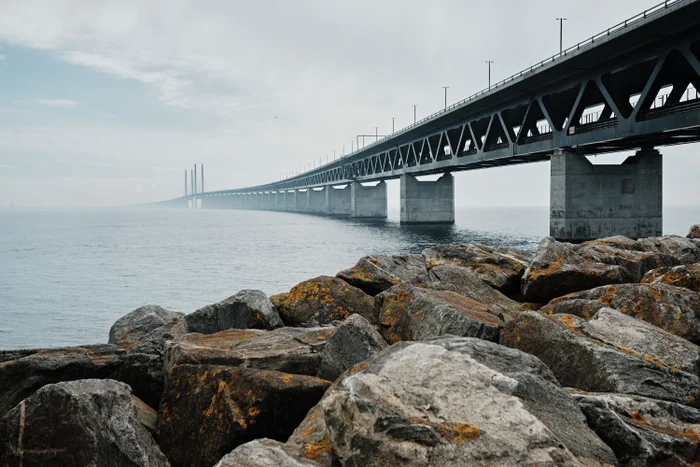Introduction
For 25 years, the Øresund Bridge has connected Malmö and Copenhagen, reshaping how people live, work, and do business across national borders. What began as a bold infrastructure project in 1991 now stands as Europe’s longest road and rail bridge—and a monument to regional integration and economic transformation.
Convenient Cross‑Border Commuting
Software engineer Oskar Damkjær commutes from Copenhagen to Malmö twice a week via train—the 40‑minute trip is efficient and stress‑free. Likewise, Laurine Deschamps lives in Malmö while working at Copenhagen‑based IO Interactive. The bridge allows life to flow seamlessly across borders:
- Over 41,000 daily cross‑border train journeys in 2024
- 400%+ increase in commuting since 2000s
- Surge in relocations: 60% more Danish & Swedish residents now live across the Øresund
This conduit has made commuting to another country a viable part of daily life, fostering new work–life balances.
Economic Growth & Start‑Up Culture
Since 1998, the bridge has fueled a business boom. Researchers at Öresundsinstitutet report:
- 73% increase in companies founded by cross‑border individuals.
- 100+ businesses shifted Swedish HQs or branch offices to Malmö from Stockholm or Copenhagen.
- Major firms—such as Ikea, Ikano, and pharma giants—have a growing presence in Malmö.
The result: modern office spaces, thousands of new jobs, and Malmö’s emergence as a northern European innovation hub—pioneered by strengthened ties across the Øresund.
Spurring Innovation
Recent research from Lund University highlights Malmö’s rise in life‑science and tech patents relative to other Swedish regions. Cross‑border collaboration enabled by the bridge has fueled:
- Shared R&D between Denmark and Sweden
- Faster commercialization of ideas
- A vibrant startup ecosystem with transnational talent and capital
Tech leaders like Sandra Mondahl cite cross‑pollination of knowledge as vital to the region’s creative edge.
Infrastructure Under Pressure
The bridge’s popularity has introduced challenges. Overcrowded trains during peak hours have prompted plans to introduce “future‑generation” more capacious trains by 2030. Regional authorities are investing in:
- Tunneling & rail infrastructure improvements
- Twin tunnel ideas (Helsingborg–Copenhagen, Landskrona–Denmark)
- A potential Malmö–Copenhagen subway connection
These side‑projects aim to support the Öresund legacy and prepare for future demand.
Lingering Barriers
Despite undeniable advantages, structural and cultural roadblocks persist:
- 95% of commuters travel Malmö→Copenhagen due to wage disparities.
- Administrative friction—Swedish/Danish pension, tax, and benefit systems make cross‑border work complex.
- National cultural differences—Danes are direct; Swedes favor consensus—highlighting HR challenges in mixed teams.
CEO Hermann Haraldsson of Boozt reports that commuting costs (~$17 train one‑way) and mental barriers still deter Danish talent from working across the border.
Inspiring Regional Vision
The Øresund Bridge paved the way for scalable infrastructure thinking. It inspired large projects like the Fehmarnbelt tunnel to Germany and has spurred plans for bridges linking Sweden’s Vaasa–Umeå. With Sweden and Finland’s NATO accession—and heightened geopolitical focus—the importance of fixed, resilient links is increasingly clear.
Conclusion
Twenty‑five years on, the Øresund Bridge remains a living case study of how strategic transport links can reshape economies, communities, and cross‑border identities. While challenges in cultural alignment, commuting equity, and system harmonization persist, the bridge has undeniably connected more than roads—it’s united opportunity, innovation, and ambition across Scandinavia.
Explore more about how regional infrastructure drives growth in our in‑depth analysis of Scandinavian transport initiatives.


